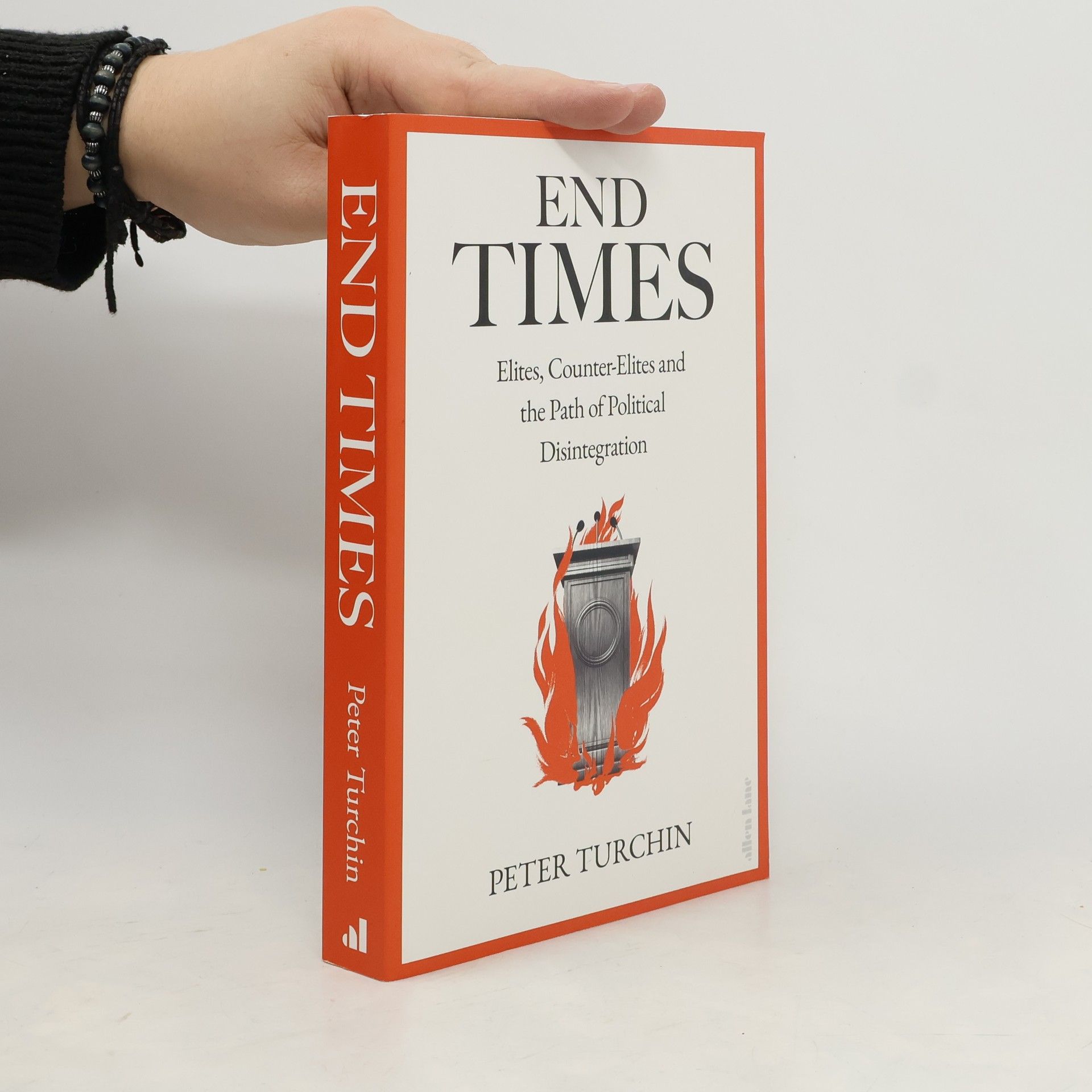Poslední dny
- 304 stránek
- 11 hodin čtení
Elita, kontraelita a cesta k rozpadu politiky Předpovědi brzkého kolapsu neodmyslitelně patří k životu každé civilizace, možnost pracovat s velkými daty dodala těmto předpovědím vědečtější základ. Peter Turchin se s pomocí ohromného souboru dat o prosperitě a zániku společností v časovém rozpětí 10 000 let („od Horního Egypta po Dolní Manhattan“) pokouší objevit statistické vzorce, které ukazují, kde mají lidské civilizace v éře měst a států zabudovány mechanismy vlastní destrukce. Dva z nich jsou klíčové a komplementárně se doplňují. Pokud se totiž k rostoucí nerovnosti bohatství přidá i nadprodukce potenciálních elit, celospolečenské snahy stát se bohatou elitou jsou stále zběsilejší. Frustrovaní aspiranti na elitu poté využívají lidovou nelibost k tomu, aby se obrátili proti zavedenému řádu. Autor současně stále doufá, že komplexní matematika může budoucí nestabilitu společností nejen odhalit, ale také jí zabránit.



